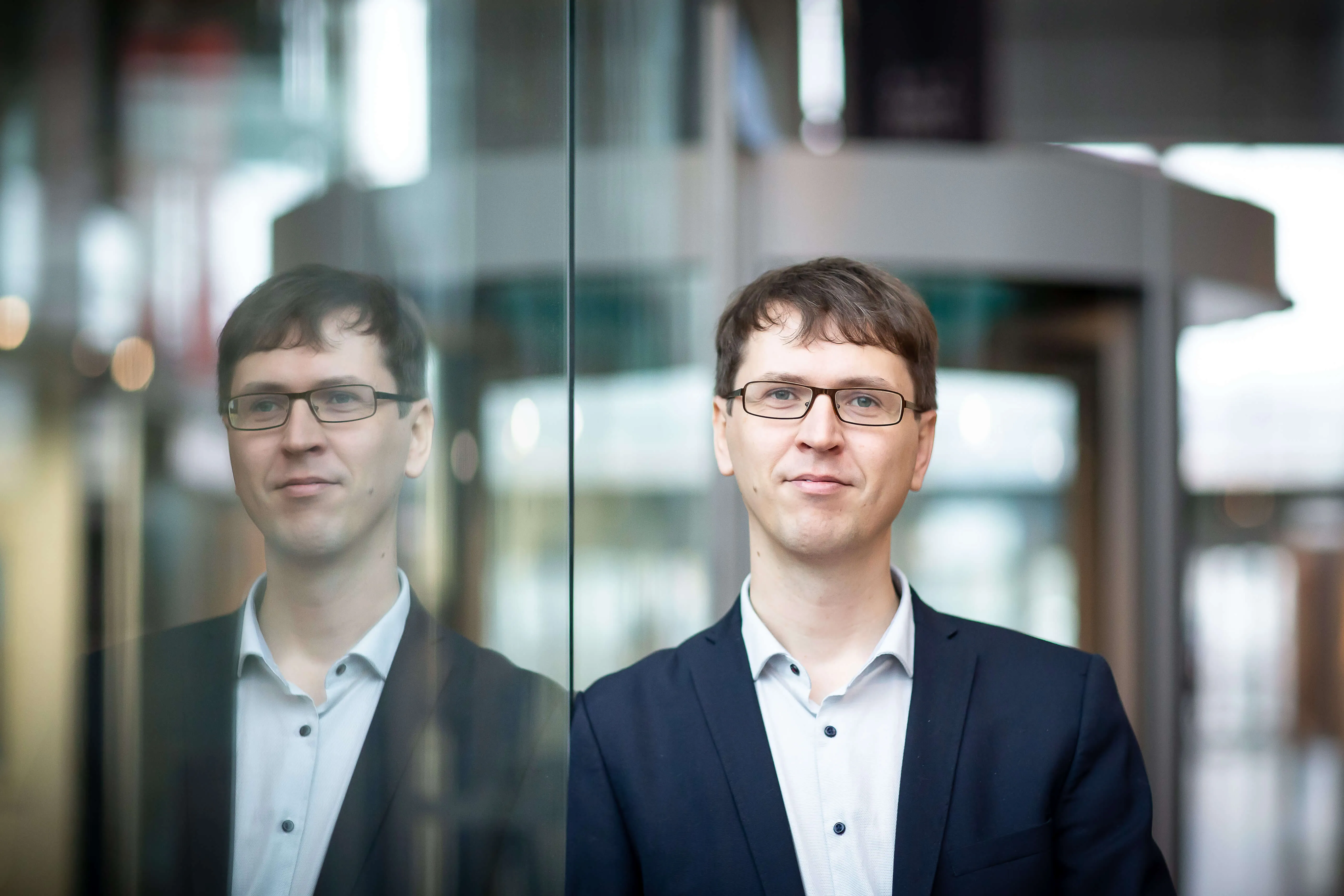There is one concept that strikingly illustrates how Finnish cultural discourse has shifted in recent years. That concept is huoltovarmuus, a term that loosely translates as security of supply or preparedness. Traditionally, it refers to society’s ability to maintain essential functions during crises, such as securing the continuity of materials, energy, and logistics under adverse conditions.
Finland’s official government website provides a full archive of government programmes – i.e., strategic documents guiding the actions of each administration since the country’s independence. I chose to focus on the past ten years, during which four government programmes have been published: those of Juha Sipilä (2015), Antti Rinne (2019), Sanna Marin (2019), and Petteri Orpo (2023). I searched each document for mentions of huoltovarmuus and counted the occurrences.
In the 2015 Sipilä government programme, the term appears only twice. In 2019, both Rinne’s and Marin’s programmes mention it twelve times each. But in the 2023 programme of the Orpo government, it is mentioned sixty times. The rising number aptly reflects the growing uncertainty caused by the aftermath of the global pandemic and the Russian invasion of Ukraine. More important than the number, however, is the qualitative shift: in the most recent programme, huoltovarmuus is no longer a niche concern but a guiding principle across the entire machinery of government. On page 178, the document states:
“The perspective of security of supply will be taken into account in all decision-making across all branches of government.”
The cultural sector responded swiftly. The Orpo government programme is dated 20 June 2023, and less than three months later, on 19 September, Rosa Meriläinen, Secretary General of the Central Organization for Finnish Culture and Arts Associations (Kulta ry), outlined in a blog post the foundational principles for applying the logic of security of supply to the cultural field.
In February 2024, the National Emergency Supply Agency (Huoltovarmuuskeskus) announced that it was launching an initiative on cultural security of supply. To mark the occasion, it held a seminar on Kalevala Day (also known as Finnish Culture Day, celebrated on 28 February), where Chief Executive Officer Janne Känkänen emphasized the role of culture in societal resilience. He referenced the well-known story of Winston Churchill allegedly responding “Then what are we fighting for?” when asked to cut arts funding during World War II.
(It’s worth noting that Churchill never actually said this. The anecdote began circulating over a decade ago after actor Kevin Spacey referenced it in an interview on MSNBC. Despite a later disclaimer being added by the network, the quote has persisted. Spacey didn’t invent the line; the original error appeared in an article in Village Voice.)
Only a couple of weeks later, Juha Itkonen, Chair of the Arts Council at the Finnish Arts Promotion Centre (Taike), highlighted security as one of three key perspectives in his defence of public arts funding (the other two being the economy and well-being). Just a couple of months after that, the idea of mental security of supply (henkinen huoltovarmuus) had already made its way into a speech by the President of the Republic.
From there, its momentum became unstoppable. Over the following summer (2024), several artists began invoking huoltovarmuus in public discussions defending state funding for the arts. One notable example is author Sofi Oksanen, who stated in an interview with Seura magazine on 12 July: “Investing in culture is also investing in security of supply.”
I have followed this new emphasis on cultural or mental security of supply with mixed feelings. On the one hand, it's pleasing that culture is now recognised as an essential part of society, not just a luxury or decorative extra. On the other hand, there is a real risk that cultural diversity may suffer if culture becomes subordinated to security policy or nationalistic agendas. The national perspective easily overlooks the fact that the vitality and diversity of the cultural field are the very essence of its resilience.
As Hannele Valkeeniemi, Director of the Finnish Institute in Estonia, eloquently put it:
“Ultimately, culture is a realm of freedom and a value in itself, not a tool for economic growth or mental gymnastics. The danger is that security-focused rhetoric once again instrumentalises culture. Worst of all is if culture becomes militarised for then it loses its freedom. We need look no further than our neighbouring country for examples.”
As public funding is becoming scarcer in the future, support may increasingly go to culture and art that can prove their value to society according to the metrics politicians consider important. The government’s programme makes it clear what it sees as priorities. That’s why I have no doubt in my mind that the discourse around security of supply will remain strong in the years ahead.
Photo: Markku Pihlaja
